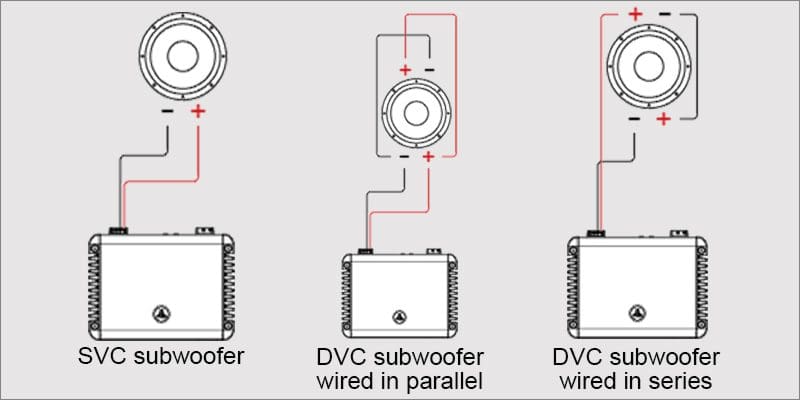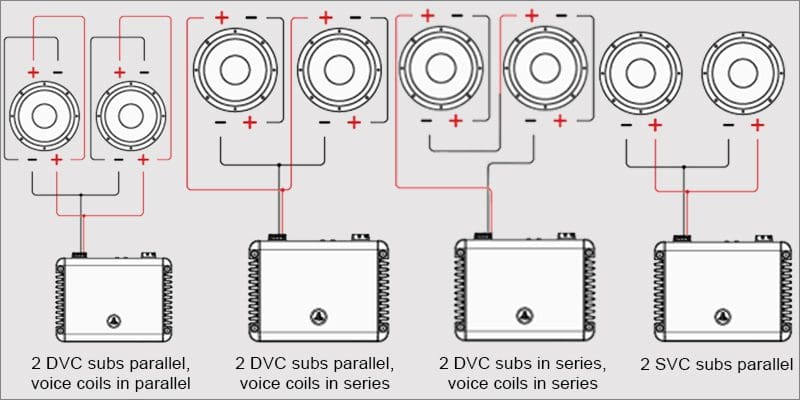In 2005, Hertz introduced the world to the Mille series of car audio speakers and subwoofers. These unique drivers featured the V-cone design to deliver impressive clarity and detail. Now in their third generation, Mille Legend tweeters, midrange drivers, woofers and subwoofers combine premium materials with state-of-the-art technologies to ensure that music enthusiasts can enjoy their music at elevated volume levels in amazing clarity and detail. Let’s take a close look at the technologies Hertz has implemented in its flagship speaker products.
Hertz Mille Legend Speakers – Moving Parts Technologies
From the detailed ML 280.3 Legend tweeter to the impact of the ML 2500.3 Legend subwoofer, the Hertz Mille Legend speaker family uses modern design elements and technologies that reduce distortion and improve performance.
The deep V-cone design is evident if you look at any Mille Legend midrange drivers, woofers or subwoofers. This one-piece cone design comes to a sharp inverted point in the center. Unlike a typical dome-shaped dust cap, the V-cone design resists resonance that can add distortion to the music signal. Hertz also claims that the design helps to improve off-axis performance, making a two-way speaker set sound better in the doors or dash of your car or truck.
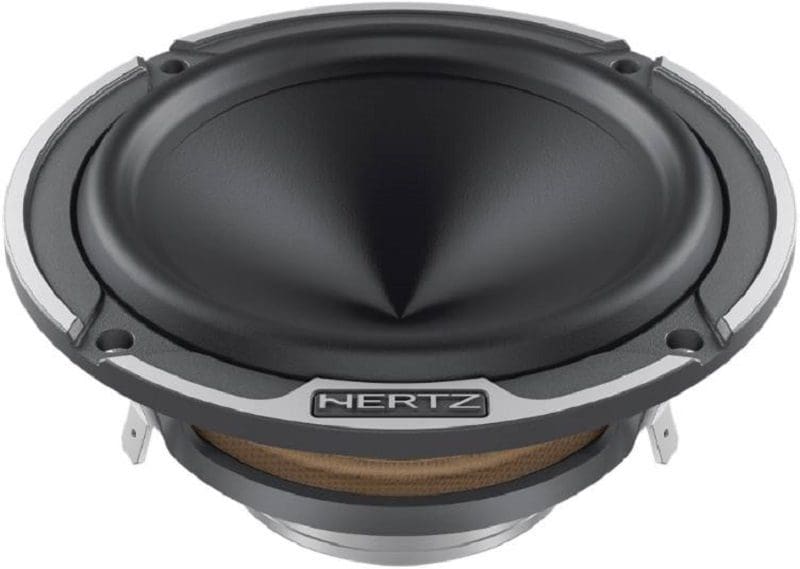
The Boundary Free Surround design on all the drivers helps to reduce unwanted resonance and increase the effective area of the woofer cone. These surrounds are constructed from high-purity IIR butyl rubber that resists degradation from prolonged exposure to oxygen and ozone.
The stand-alone and coaxial tweeters use a diaphragm made from Hertz’ proprietary Tetolon fiber cone material. This lightweight textile provides an amazing balance of clarity and high-frequency extension. In addition, the inherent damping characteristics resist the addition of unwanted distortion at the highest of frequencies. The midrange drivers in the Legend series use cotton-damped pressed pulp paper cones that offer a near-perfect balance of rigidity and resonance-preventing damping. The subwoofers use a mineral-injected paper cone for added strength alongside the excellent damping characteristics.
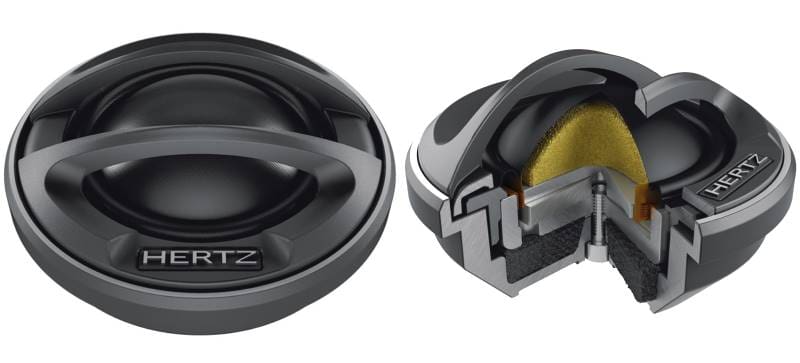
To prevent power compression, Hertz has implemented large-diameter voice coil assemblies on all the drivers. There is a massive 4-inch coil in the 10-inch ML 2500.3 Legend and 8-inch ML2000.3 Legend subwoofers. There’s also the large-for-the-driver-size 0.8-inch coil in the 3-inch ML 700.3 Legend midrange speaker. Larger voice coils offer a significant increase in surface area that helps them dissipate heat and stay cooler.
Hertz designed this series of speakers using computer-based Finite Element Analysis (FEA) to optimize the connection between the voice coil former and the cone in all the midrange, woofer and subwoofer solutions. Ensuring that this crucial connection is both mechanically secure and thermally stable is another reason why the Mille Legend speakers sound great, even at high volume levels.
Motor and Basket Performance Features
All but the two coaxial drivers in the Legend series use neodymium ring magnets at the core of their motor design. These rare earth magnets help the speakers and tweeters deliver impressive efficiency without the need for large, heavy motors. The design also helps to reduce the overall depth of the drivers. Along the same theme, the top and back plates are forged and milled from low-carbon steel, which offers excellent magnetic permeability to further increase efficiency.
All the Mille Legend drivers use copper or aluminum shorting rings to help improve high-frequency performance. These rings short unwanted magnetic fields created as the voice coil assembly moves through the magnetic gap. In the midrange drivers and woofers, upper midrange clarity is dramatically improved, thanks to this technology. In addition, midbass performance on the subwoofers and enhanced tweeter clarity at the top end of the audible spectrum are also achieved.
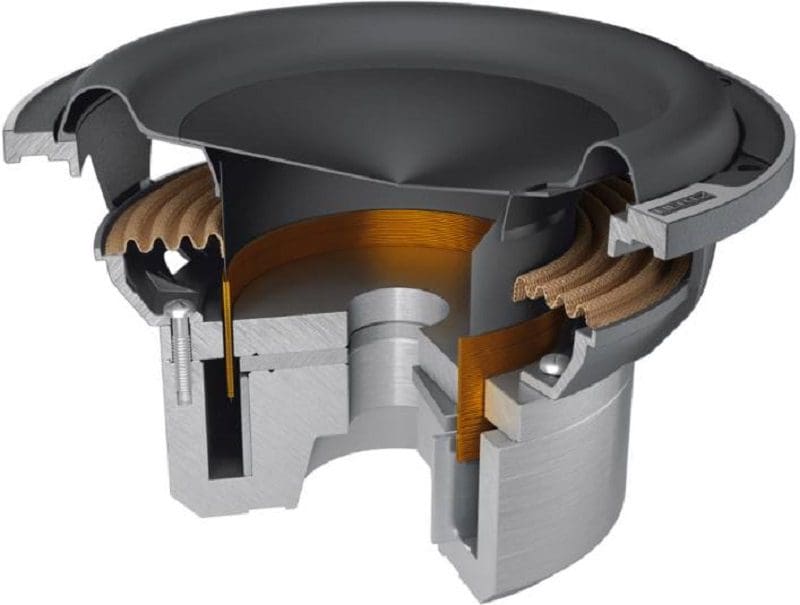
Hertz Mille Legend subwoofers, woofers and midrange drivers are based on cast aluminum chassis that help ensure that every component is aligned perfectly. The design also serves as a heatsink to improve power handling and to isolate the cone and motor from vehicle vibrations while driving.
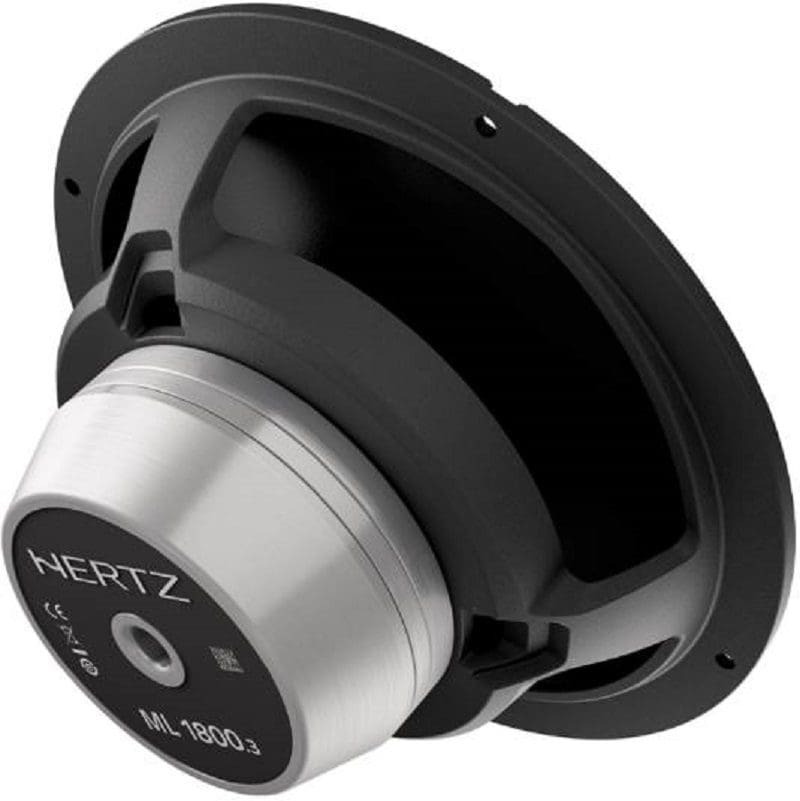
Upgrade Your Car Audio System with Hertz Mille Legend Speakers
If you’re shopping for new or upgraded speakers for your car audio system, visit your local authorized Hertz retailer and ask for a demonstration of the Hertz Mille Legend drivers. You can learn more about the impressive products from Hertz by visiting their website, Facebook page or their YouTube channel.
This article is written and produced by the team at www.BestCarAudio.com. Reproduction or use of any kind is prohibited without the express written permission of 1sixty8 media.
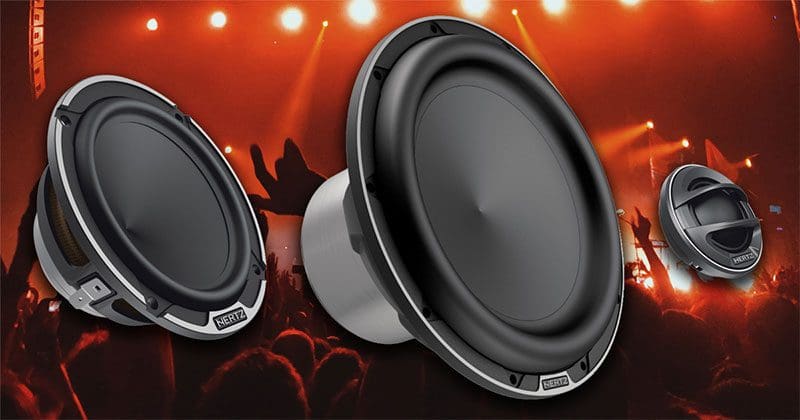
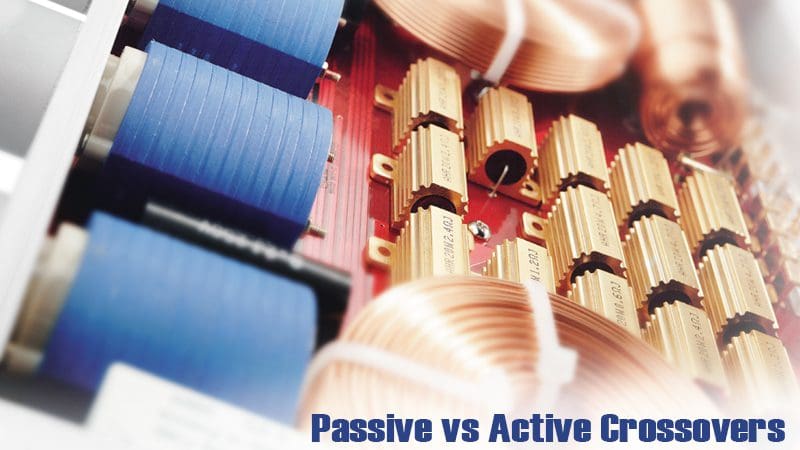
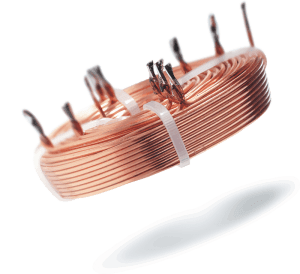
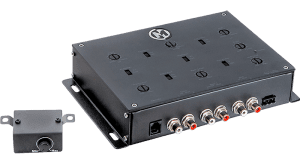
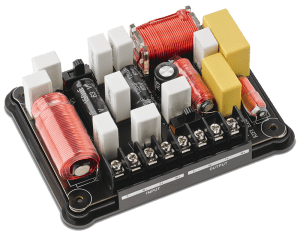
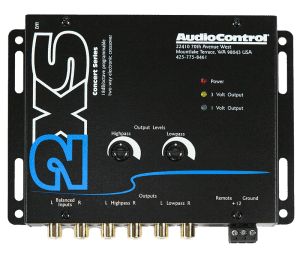
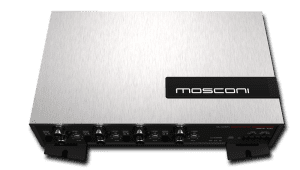
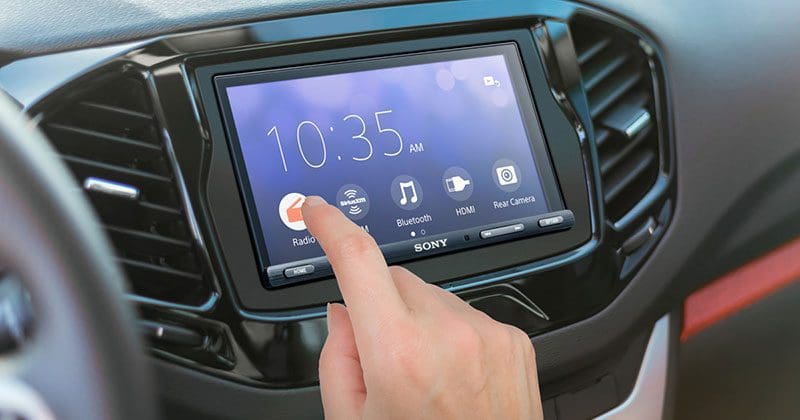
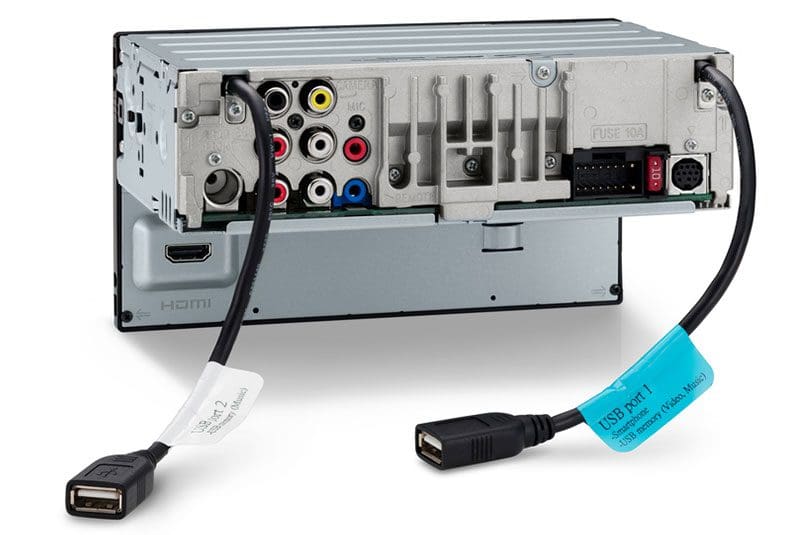
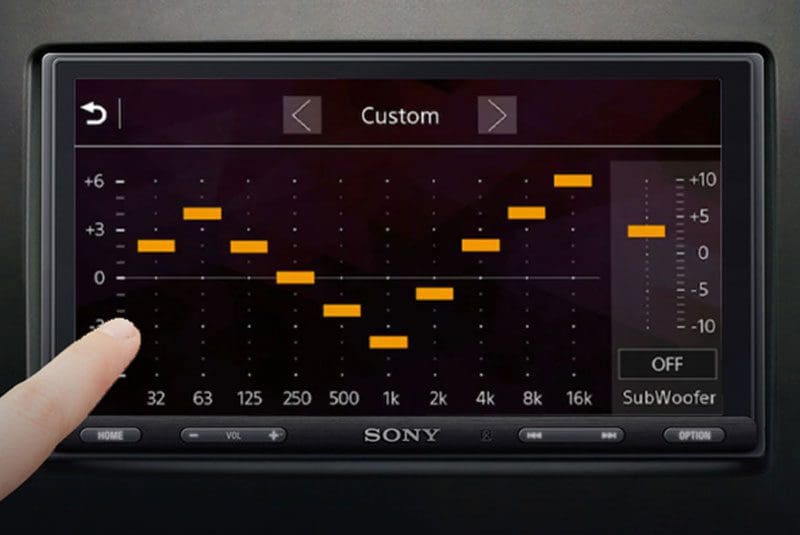
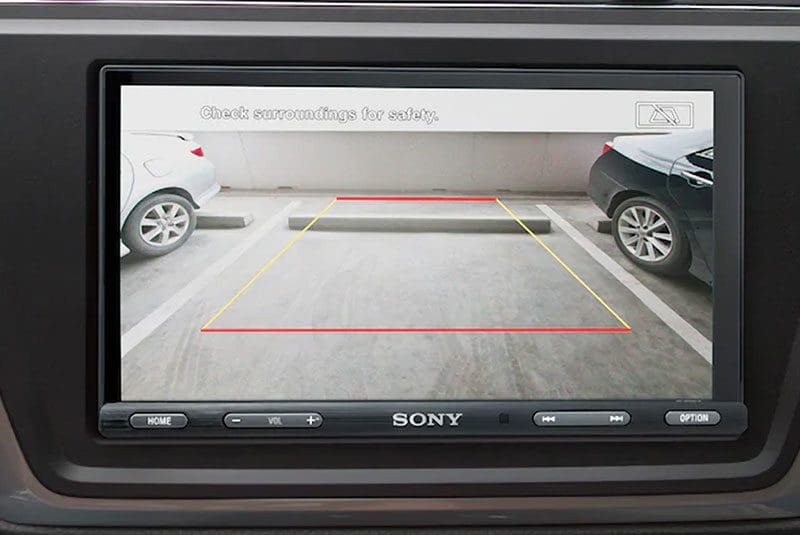
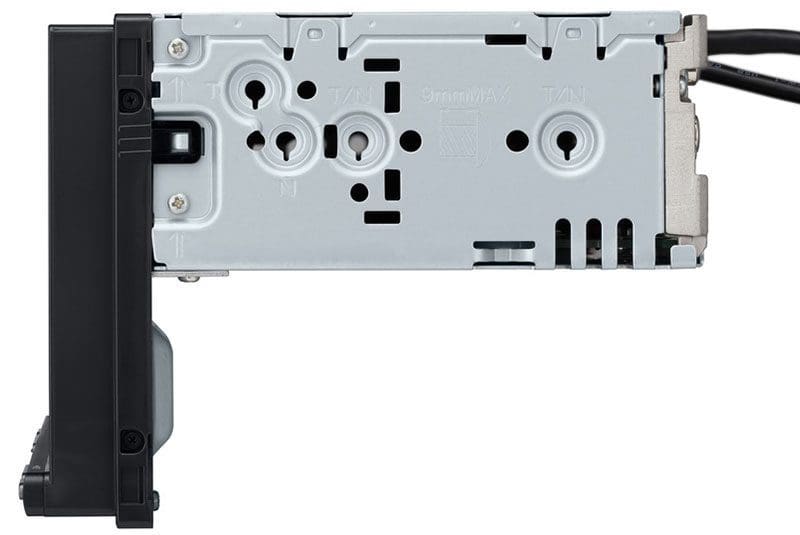

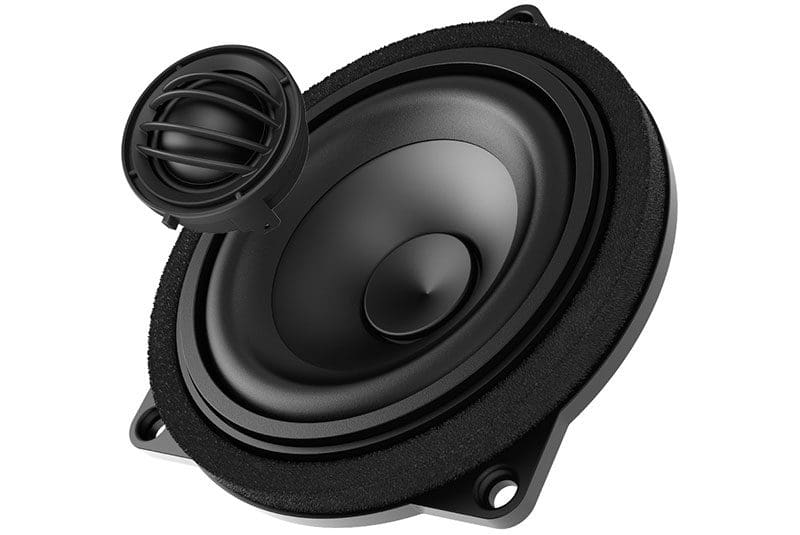
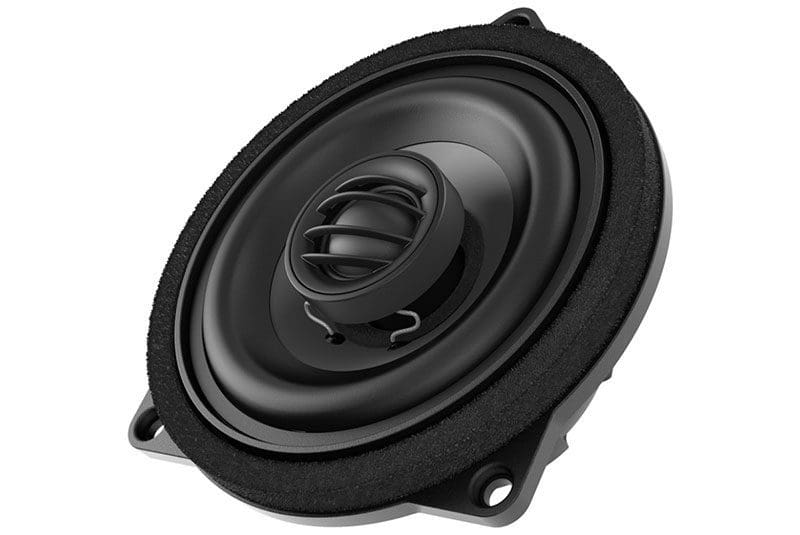
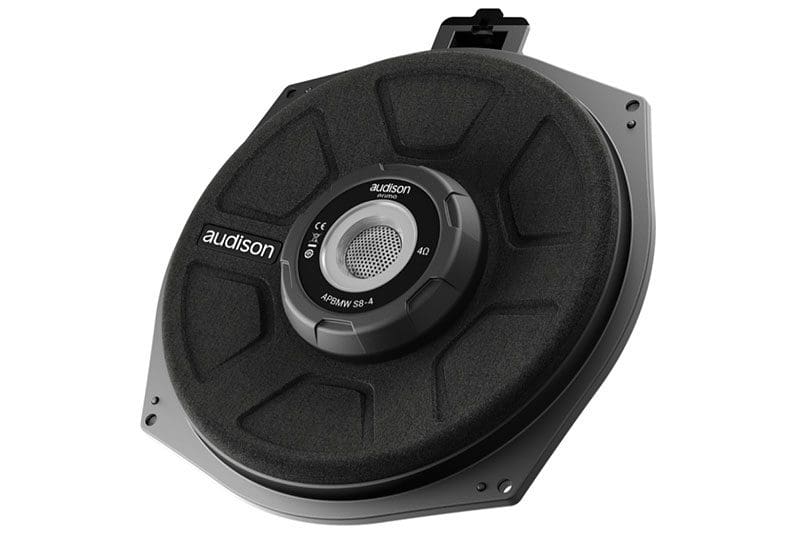
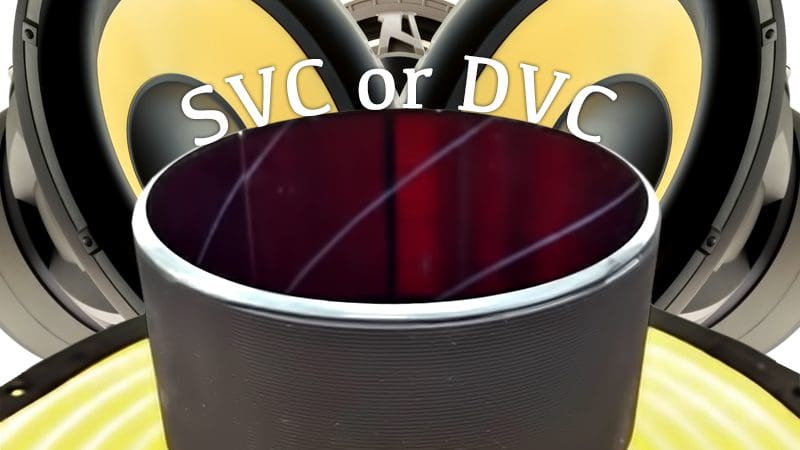
![By Matt Rider (Own work) [CC BY-SA 3.0 (https://creativecommons.org/licenses/by-sa/3.0)], via Wikimedia Commons Voice Coil](https://www.bestcaraudio.com/wp-content/uploads/2016/10/Voice-Coil-3-300x300.png)
